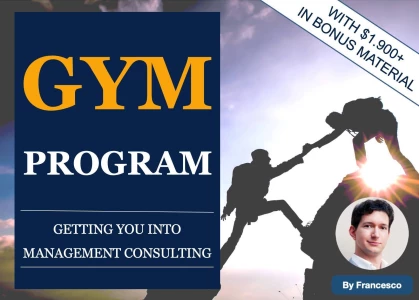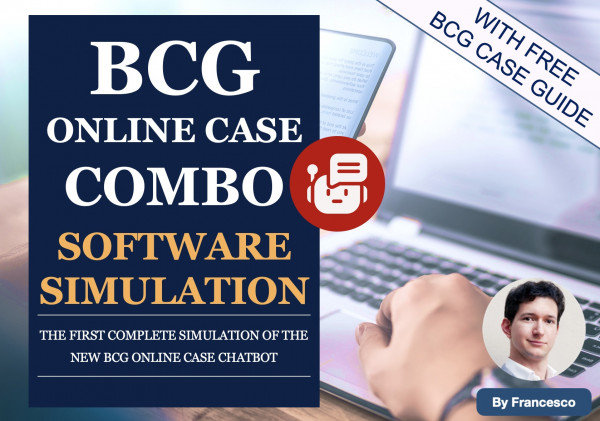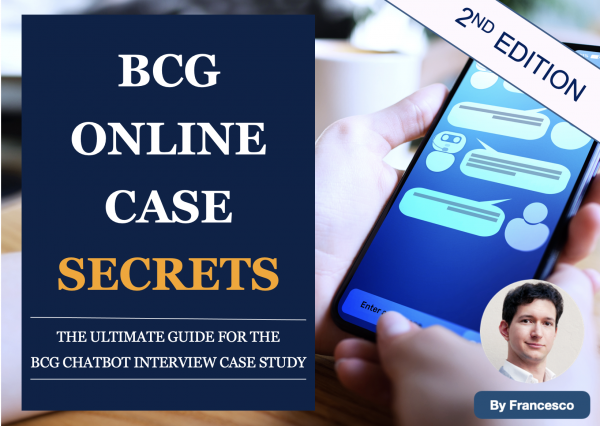Get Active in Our Amazing Community of Over 451,000 Peers!
This question is read-only because it has been merged with What should be framework for following: Client is a regional retail chain. They want to reduce their supply chain cost. .
What should be framework for following: Client is a regional retail chain. They want to reduce their supply chain cost.
Overview of answers
Hi Aditya,
I would suggest you the following points to start the structure:
- Identify the main revenue streams of the client
- Understand which revenue stream has an abnormal cost compared to the others
- For that area, divide in fix and variable costs. Identify which particular cost is out of control
- Try to understand what is the reason for the particular increase in cost: usually it is something related to either (i) suppliers/industry; (ii) competitors; (iii) mistake of our own company
Once reached this point, you may have two possible evolutions for this case.
Option 1: you understand you have to decrease the overall costs in absolute terms. In this case the next step would be:
- Identify how to correct the cost. You could decrease the cost mainly (i) decreasing the cost of each unit or (ii) decreasing the number of unit of that particular cost
Option 2: either directly point 4 or after exploring Option 1, you understand you have to solve an efficiency problem of the client. In this case the next step would be:
- Understand what is creating the inefficiency: (i) labour; (ii) technology; (iii) a structural increase in demand
- Find the proper solution for that inefficiency: (i) increase the efficiency of labour (eg more incentives or training); (ii) increase the efficiency of technology (new investment); (iii) cover the structural increase in demand (eg: increase supply)
Hope this helps,
Francesco
HI
Another approach could be to break down the various components of supply chain and analyze their costs for each of the compoenents of revenue generations. For. eg you may want to break costs for each product cluster as
1. Inbound costs, which could be further broken down into - Procurement costs/manufacturing costs(in case we make or grow anything on our own), Logistics expenses interms of warehousing and transportation. Another branch would be costs of inefficiency interms of buying low quality goods which leads to rejections or cost of inventory.Then we can further break each component into labour expenses, raw material expense, fuel expenses, cost of equipments etc.
2. In-store costs - We can define cost of handling. FUrther we could highlight cost of inefficiencies in terms of rejections of peroishable items as they were never sold due to poor demand planning.
3. Outbound costs - If they have home delivery option. Key thing to look here is whether they have ecomonies of scale for each outbound delivery they make.
3. Cost of reverse logistics - This traditionally is the biggest burden on any retailer, in case they offer free or subsidized returns.
Look at each of these cost buckets and compare them with the competition.












HI